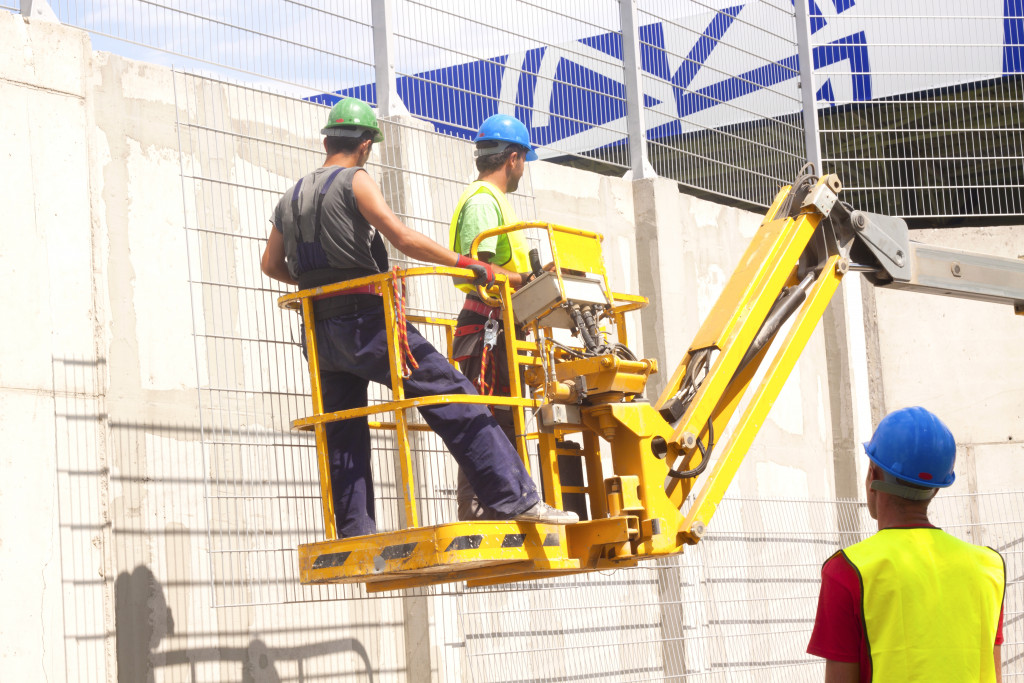- Conduct an assessment of your current material handling operations to identify areas for improvement.
- Invest in high-quality handling equipment to enhance productivity while ensuring safety.
- Implement just-in-time inventory management systems to reduce storage costs and minimize waste.
- Prioritize employee training for efficient and safe handling, alongside regular maintenance of equipment.
As a business owner or manager, one of your primary responsibilities is to keep your costs down while ensuring high-quality products and services that meet your customer’s expectations. One area where you can save money in your operations is material handling.
Every day, your employees handle various items, equipment, and supplies essential for your business. By implementing cost-effective material handling strategies, you can improve your bottom line, streamline your operations, and create a productive work environment. This blog will share with you essential tips to help you achieve this.
Assess your material handling operations.
Before improving your material handling processes, you need to understand how they currently work. Perform a thorough assessment of your current processes to identify areas that need improvement. Look for areas where you can reduce waste, improve safety, and increase efficiency. Consider using advanced technology such as robotics, augmented reality, and sensors to modernize your material handling processes.
Invest in high-quality material handling equipment.
Investing in high-quality material handling equipment is a great way to increase efficiency and productivity. High-quality equipment such as forklifts, pallet jacks, and conveyors can help you move items quickly and safely. You can rent out equipment if you have a temporary need or just wish to test a specific piece of equipment before purchasing it.
But if you’re planning to rent the equipment, just make sure it’s from a local provider so they can quickly assist you if there are any issues. For example, if your business is based in Singapore, you need to partner with a firm that provides forklifts for rent in Singapore. Not only will you save money on transportation costs, but you’ll also have quick access to maintenance services if needed. Make sure you choose a provider that offers quality equipment that is regularly serviced and maintained.
Streamline your inventory management.

Improving your material handling processes often starts with better inventory management. Take stock of your inventory and identify items that are not essential for your business operations. Implement a just-in-time (JIT) inventory system that allows you to only order and manage the stock you need. JIT systems can help you reduce storage costs, minimize waste, and speed up your operations.
Properly train your employees.
Your employees play a vital role in material handling operations, and proper training is crucial to ensure they handle items efficiently and safely. Provide adequate training to your employees on how to handle objects, pallets, and equipment effectively. Ensure that your employees are following best practices to prevent injuries and damage to the items they handle.
Regularly maintain your equipment.
Regular maintenance of your material handling equipment can help prolong its lifespan and save you money in the long run. Properly maintaining your equipment helps it work efficiently, reduces downtime, and prevents unexpected repairs that can disrupt your operations. Here are four maintenance tasks you should regularly perform on your equipment:
Lubricate moving parts.
Lubricating moving parts keeps your equipment running smoothly and reduces wear and tear on critical components. Regularly check the manufacturer’s guidelines to see which lubricants are recommended for each piece of equipment.
Inspect for damage.
Inspecting your equipment regularly can help you identify any potential issues before they become more significant problems. Look for signs of wear and tear, loose bolts or connections, and any other damage that could affect the performance of your equipment.
Clean and check for debris.
Dirt, dust, and debris can build up on equipment over time, reducing its efficiency and potentially causing malfunctions. Regularly cleaning your equipment helps prevent these issues and ensures smooth operations.
Train employees on how to perform basic maintenance tasks.

Empowering your employees to perform basic maintenance tasks such as changing filters or replacing worn parts can help save time and money in the long run. Ensure that your employees are adequately trained and have easy access to any necessary tools or supplies.
With proper equipment maintenance, you can minimize downtime, reduce repair costs, and keep your material handling processes running smoothly.
Optimizing your material handling processes is a smart strategy to strengthen your business performance. It not only improves operational efficiency but also contributes positively to your bottom line. Begin with an assessment of your current practices, invest in high-quality equipment, streamline your inventory management, and train your employees.
Consistent maintenance of your equipment is equally vital. Remember, every step toward better material handling practices is a step toward a more profitable and successful business operation. Implement these strategies, and you’ll see substantial improvement in your business’s productivity and cost-effectiveness.
